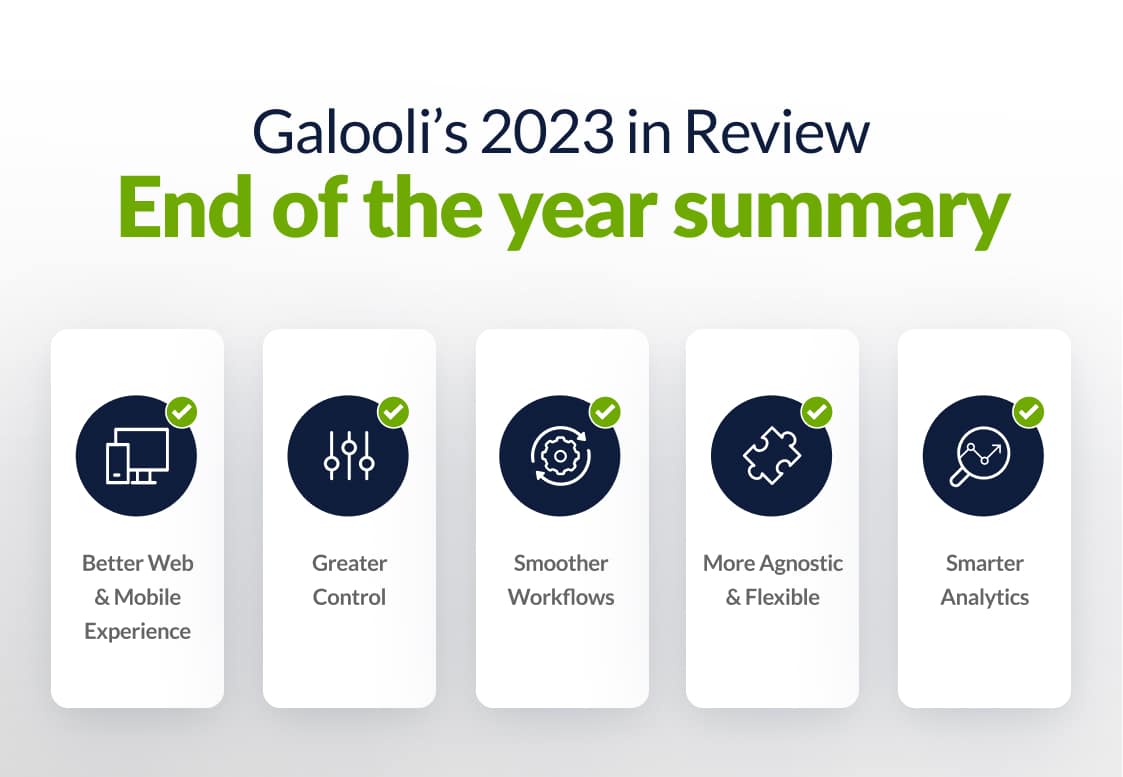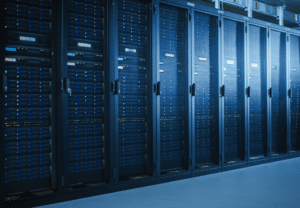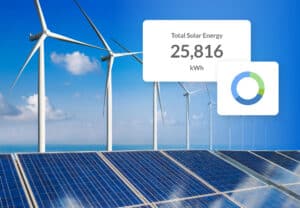
We lived in a world that runs on energy. Energy consumption peaked before the COVID pandemic reduced global activity, but it’s quickly returning to record highs. Planning around the accessibility of that energy and its associated resources is critical for the success of any venture. Just recently, the disruptions to Europe’s energy supply have created no small amount of chaos and concern for how people will keep their homes heated in the coming winter.
These disruptions have brought greater scrutiny to an often neglected but central part of the economy, which is energy availability. The problem is that avoiding low energy availability is all about planning for the future and sufficient investment in the underlying energy resources, two steps that are easy to overlook at a bureaucratic level.
However, when the proper steps are taken and the costs are shouldered, the long-term benefits of managing a stable energy supply are immeasurable. So, what is energy availability?
What is Energy Availability?
Energy availability refers to the accessibility of electrical power. Depending on the scope of the conversation, understanding energy availability requires focusing on different parts of the energy supply chain. The various aspects of energy availability to know about are the accessibility of natural resources, reliability of renewable energy, and the lifetime efficiency of energy storage assets.
Energy availability can be a concern for anyone, no matter the scale they’re operating on. Government organizations must worry about the impact of reliable energy on the economy and security, businesses need to plan out energy costs of facilities, and individuals want to know more about their options for energy resources.
To fully understand energy availability, you also have to look at energy storage. The most common form of energy storage, batteries have varying energy availability based on their capacity, materials, and overall price. Furthermore, this availability changes over the lifetime degradation of the individual batteries in a system based on usage patterns and other specifications
Why does energy availability matter?
The dawn of the age of energy digitalization has made energy fundamental to the function of most aspects of modern society. This makes energy availability a key topic to understand in ensuring the reliability and overall security of many industries and sectors.
Industrial Energy
For businesses in energy-intense fields, determining municipal energy availability is an important factor in planning the location of various new facilities. An abundance of local natural energy resources means relatively lower energy transportation costs, which leads to a substantial reduction in the lifetime energy costs of any size building.
Another key factor in energy management is energy efficiency. Taking steps to increase efficiency can function as a multiplier on the potential power drawn from energy resources.
On the other hand, many fields need to set up sites in more remote locations. In this case, the energy availability becomes a question of the cost and capacity of the different options for remote power.
Renewable Energy
While resource availability makes a big difference, the growing awareness of the importance of sustainability is leading to the increasing adoption of renewable energy technology. Maximizing the impact of these new sources means understanding the energy availability of each type and unit.
When looking to increase total energy availability or meet sustainability goals, renewable energy sources become an attractive option. In order to effectively integrate these power sources, you need to know the variable output numbers of these sources in addition to their total capacity.
The power available at any point in the day is dictated by the presence of sunlight or solar photovoltaic panels, wind strength for turbines, or water levels for hydroelectric. Using the appropriate sources for the local climate is key but controlling energy availability also means actively managing and tracking these assets.
Battery Systems
Energy storage is absolutely essential to making the most of fluctuating renewable energy sources. For instance, the main problem with solar power is that the middle of the day is the most effective time to collect power, while some of the highest energy usages occurs overnight.
A well-maintained battery system is a central feature of securing stable energy resources for mid to large sized operations. Batteries are also the number one factor that allows unmanned remote sites to continue functioning.
How Galooli improves energy availability
The primary factor in determining energy availability is the accessibility of the underlying energy resource. Once the time, distance, and type factors are established, there’s still one more step to get even more out of the energy you use; monitoring your energy assets.
Knowledge is power, and having broad oversight on your energy assets gets you started on the road to reliable and secure facilities.
Whether you need to bring down overhead costs or maximize the impact of your energy footprint, Galooli’s remote monitoring and management software is the best solution for the job. With agnostic compatibility, convenient dashboards, and detailed alerts, Galooli can help make the most out of remote site energy use and compensate for low energy availability.


























